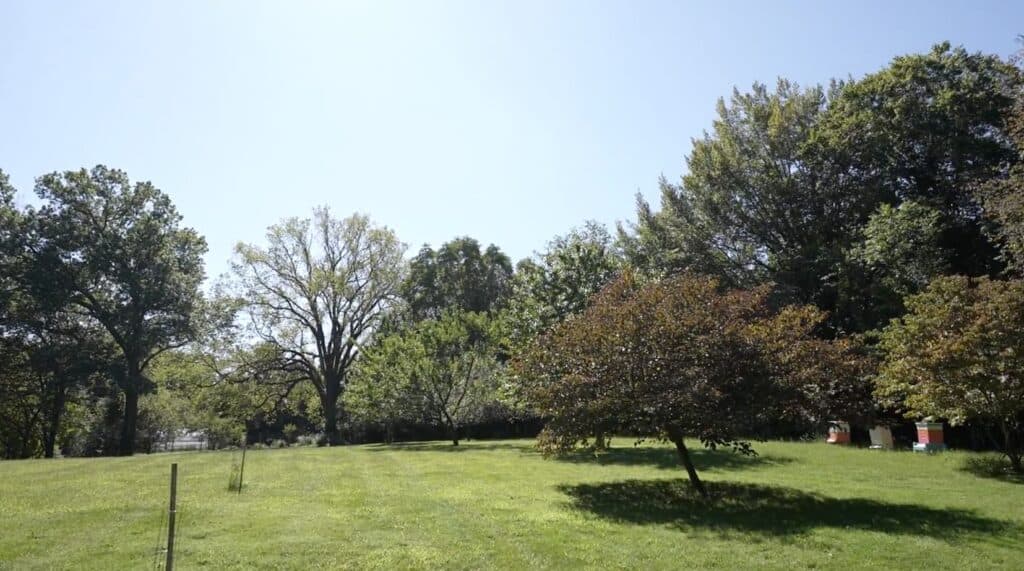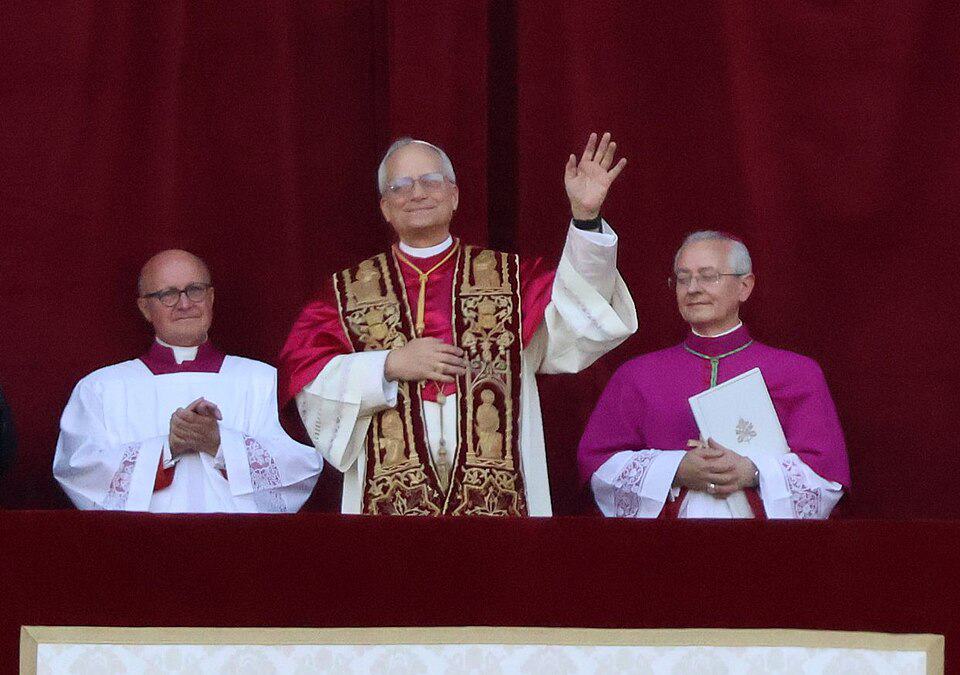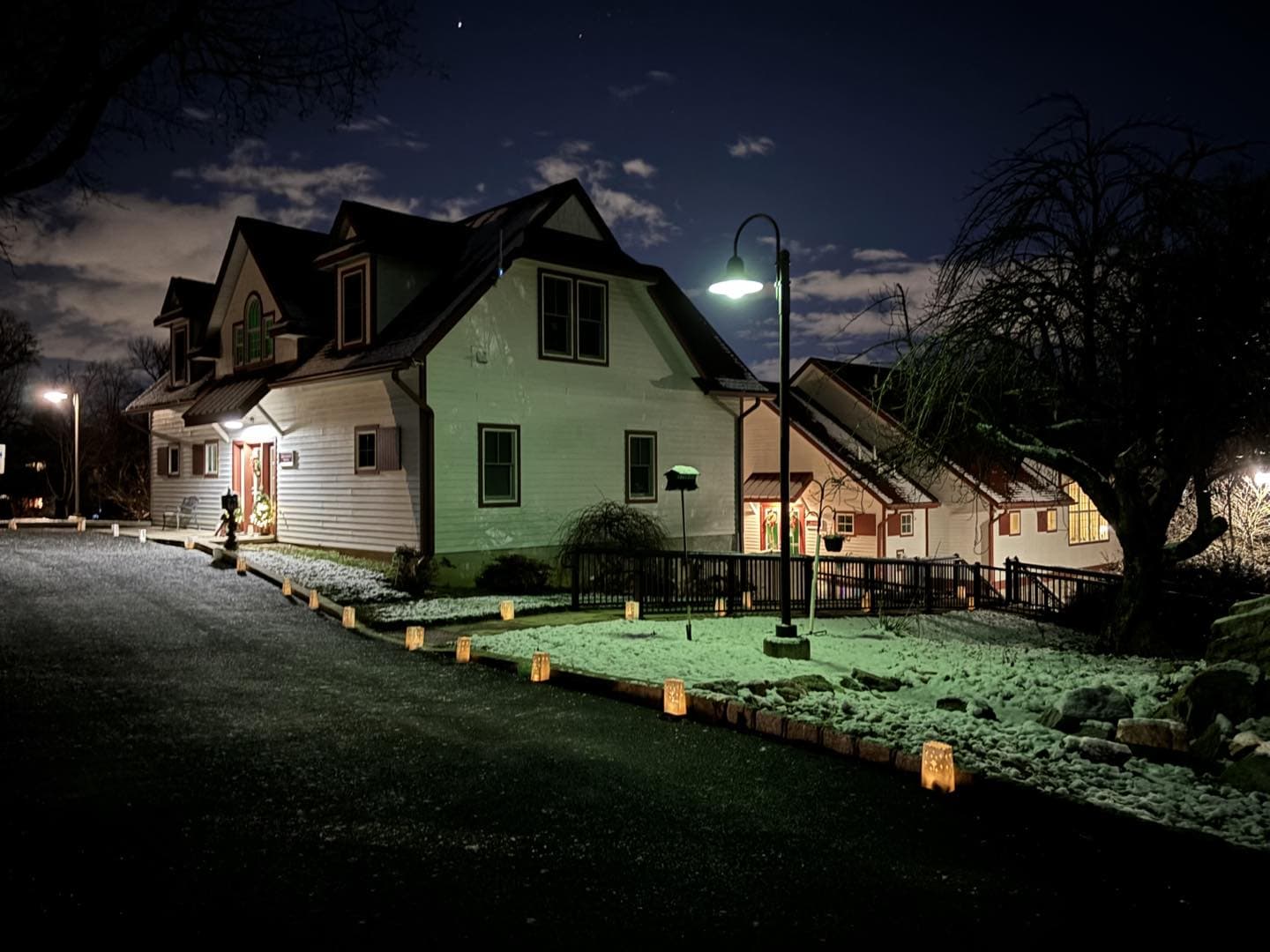Dear Friends,
With only minutes to go before the opening reception for the Center’s program “An Evening on Non-Violence,” Angela (Director of Marketing and Development) focuses on artfully arranging clusters of grapes on the platter; Sr. Maria scrambles to find the wine bottle opener; Elizabeth (Director of Hosted Groups) samples a sliver of cheese. I run downstairs to rummage for more forks. The laughter drifts into the stairwell as someone teases Joziah (Digital Media Manager) for being a “man of mystery.” I see and welcome our exhibiting artist, Pamela Flynn, then chat with her co-presenter, Patricia Griffin.
Guests arrive and move into the event space, beginning their slow turn past the mixed-media images on the wall, stopping to read the typed posts below each frame, each a real-life news media description of gun-violence resulting in the death of a child, a teenager, an adult. Each from here, our neighborhood, our city. The mood shifts; we take our seats. In her soft voice, Pamela shares that she applied, by hand, one-by-one, the thousands of iridescent beads, shimmering across the surfaces of multiple canvases. Patricia steps to the podium to describe the gun violence of our time as a public health issue, asks for us to share our experiences with one another. A veteran adjusts his delicate hearing aids and describes his experience as a black man being stopped by the police because his taillight was broken–deliberately smashed. He tells us, “I say to them ‘Have you served your country?’ They say no. I tell them ‘I have’ and they let me go.” The student in the seat at the end of the row shares how it feels to be proudly, openly, transgender. And how it feels to be afraid. We nod, in community, together, in that room.
I am listening, but I am also, at the same time, thinking about the living room of the historic house. On Sunday, March 19, Sr. Mary and I are scheduled to present a program, there, together. I plan to talk about the text compiled by the previous owner of the house (the white, 19th Century Suffragist, Rachel Foster Avery) that contains nearly one hundred speeches by women who presented at the National Council of Women in February 1891. One essay stands out from the rest: the stirring oration delivered by Frances E. W. Harper, the indefatigable black female author, poet and orator from Philadelphia. She describes lynchings, vicious injustice. “What I ask of American Christianity,” she writes, “is not to show us more creeds, but more of Christ; not more rites and ceremonies, but more religion glowing with love and replete with life.”
I adjust my chair to better hear the final speaker of the evening, Ted Qualli, from the Philadelphia Foundation. Ted provides an overview of the community-based efforts in Philadelphia to reduce gun violence, efforts that stretch beyond politics. And it feels, for a shimmering moment, that all of us–from a past century to this, from that room to this, become one unbroken line of resolve and effort: to see and hear, listen and be heard, heal and be healed. All of us in these ever-so-many rooms, circle our chairs closer to one another, and lift up–as Sr. Mary would tell it– “the spiritual lens to heal the societal wounds of our time” as we seek peace, love, life, faith, justice, joy, hope…Through you, me, him, her…Through us…Through mystery…
In Mercy,
Dawn L. Hayward




